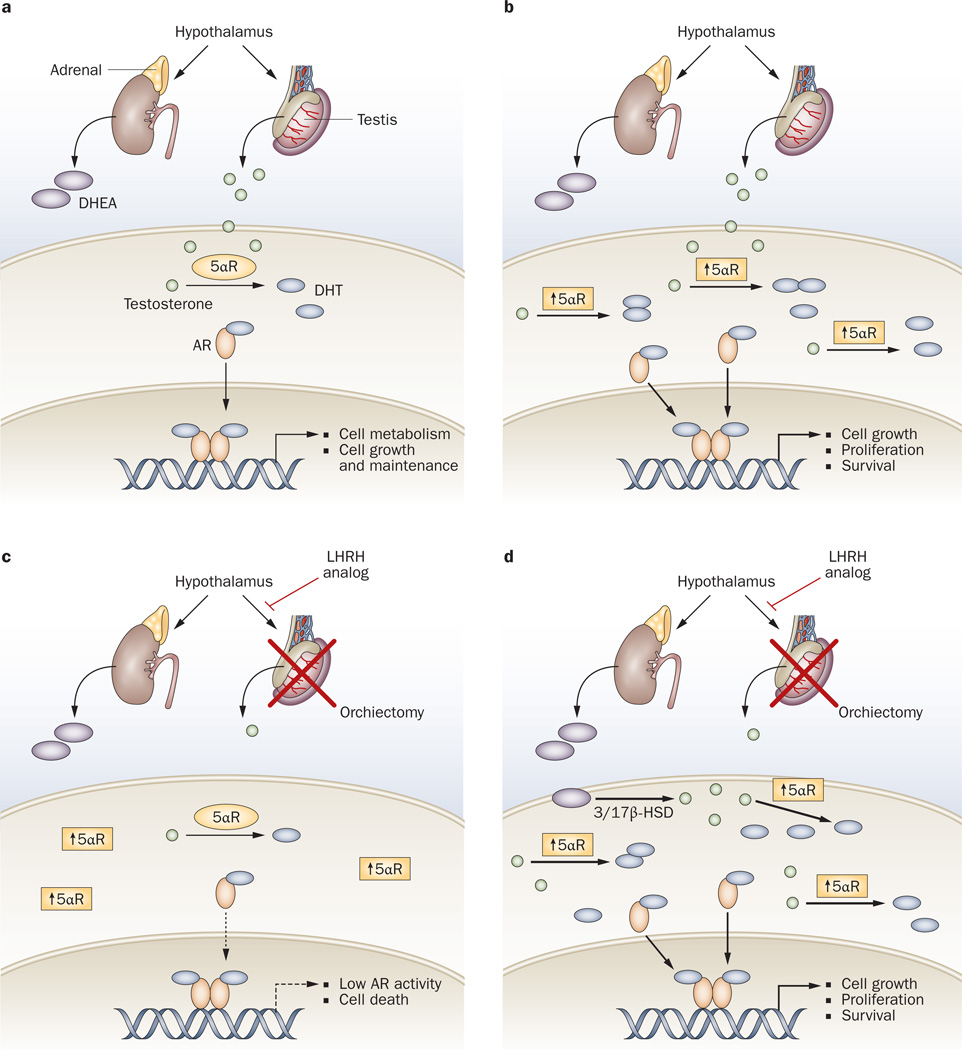Figure 2. The role of DHT in different stages of prostate development and cancer.
a | During prostate development and homeostasis, testosterone diffuses into the prostate cell and is converted to DHT by 5α-reductase, which, via the AR, causes increased cell growth and metabolism. b | In locally advanced prostate cancer, increased activity of 5α-reductase results in an increase in DHT levels, which increases transcription of genes involved in growth, proliferation and survival of cancer cells. c | In patients undergoing castration therapy for prostate cancer, androgen depletion is achieved by chemical or surgical castration therapy, hormone analogues or orchiectomy. The resulting decrease in circulating testosterone levels results in lower intratumoral DHT levels, and, therefore, reduced AR activity and cancer cell death. d | In castration-resistant prostate cancer, DHT levels increase once again, as tumor cells express the enzymes required for DHT synthesis from adrenal DHEA. This generates a paracrine system that partially restores intratumoral DHT levels, resulting in a further wave of cancer cell proliferation and survival. Abbreviations: 3/17β-HSD, 3β-hydroxysteroid dehydrogenase and 17β-hydroxysteroid dehydrogenase; 5αR, 5α-reductase; AR, androgen receptor; DHEA, dehydroepiandrosterone; DHT, dihydrotestosterone; LHRH, luteinizing hormone-releasing hormone.

